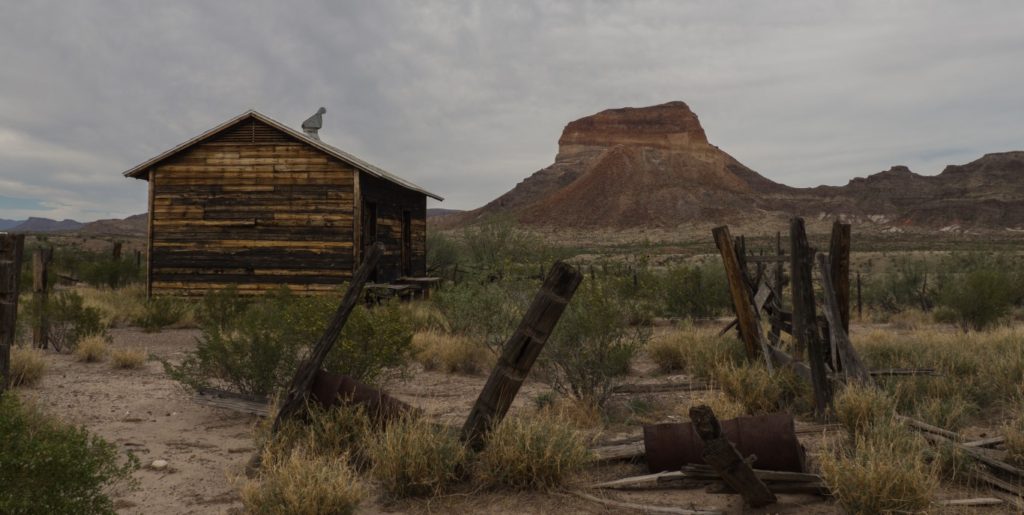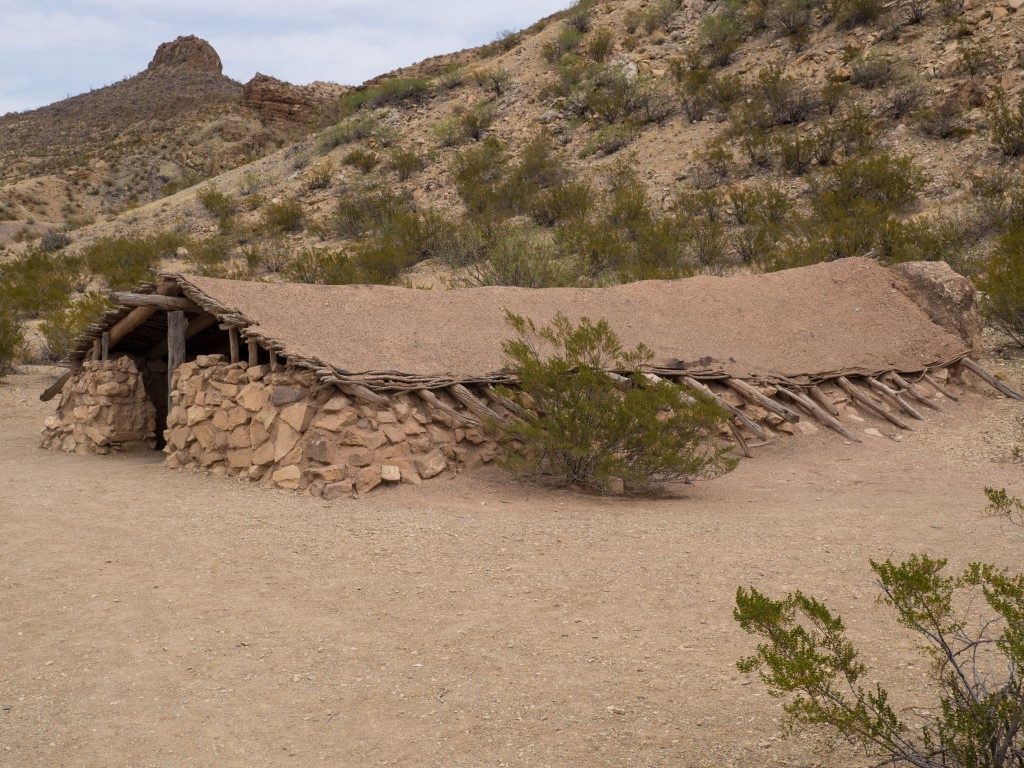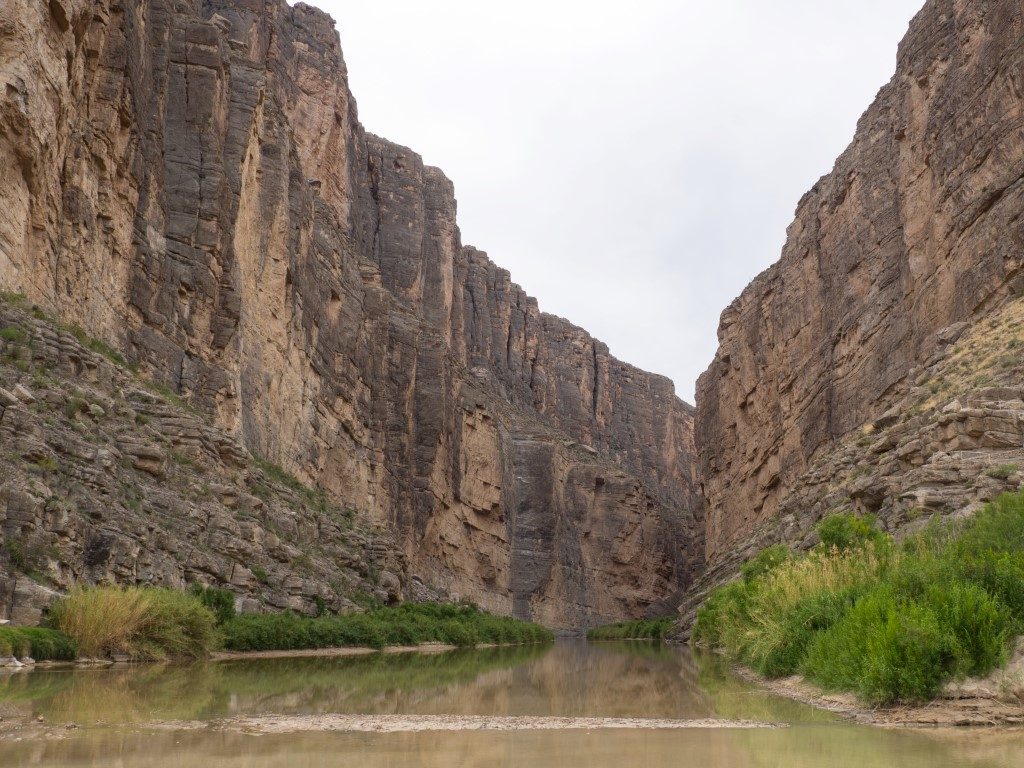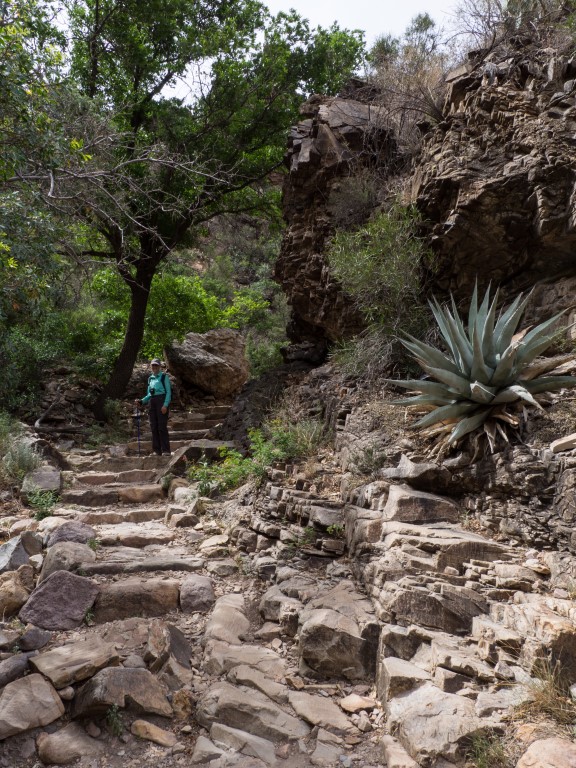[Ed. note: Sorry for the delay in posting updates. For the past 5 days we’ve been in areas of the country where people have no internet and no cell phone coverage, and they seem to be OK with that.]
Big Bend is a different kind of national park for us. Lying along the Rio Grande River in the very southern tip of Texas, one might think it would be nothing more that mile after mile of empty wasteland, of little interest to anyone except illegal immigrants passing through on their way to enrolling in Medicare.
There’s much more to it than that, though. Big Bend consists of three separate components: the Chihuahuan desert, the Rio Grande River valley, and the Chisos Mountains, and each area we found to be worth seeing.
The Chihuahuan desert, for example, is one of four deserts in the United States: the Great Basin desert, which occurs mostly in Nevada; the Mojave Desert, which occurs in California and Arizona; the Sonoran desert, which also occurs in California and Arizona, and dips down into northern Mexico; and the Chihuahuan desert, which occurs mostly in northern Mexico, with smaller areas in New Mexico, Arizona, and West Texas, and which is the largest of North American deserts at over 140,000 square miles. What was most interesting to us, though, is that people were actually able to live in this incredibly hostile environment.


The Rio Grande river section of the park was mostly just a flat expanse, well suited to swimming across undetected at midnight, but what made it worth seeing were the spectacular canyons.

What we enjoyed the most, though, were the Chisos mountains. The peaks rise to over 7800 feet and, incredibly, the environment is wooded and cool, completely different than the desert just a few miles away. Bear and mountain lions populate the area, and temperatures are usually about 20 degrees cooler than down on the desert floor (meaning, for example, that the day we went hiking, temperatures were in the 70s!).

As interesting as we found Big Bend to be, though, we both sense that it falls into a different category of national park experiences. There are parks, like Yellowstone and Grand Tetons and Glacier, that one can go to countless times and never grow tired of the experience. Then there are parks, and we put Big Bend in that category, that are definitely worth seeing, but which are more in the category of “immunization” parks. That is, having been there, we’ve had the experience and having had it, we’re now immune and, as much as we really enjoyed this visit, we don’t have to have it again.
So, check it off the list. Next stop, Davis Mountains State Park and the McDonald Observatory.
